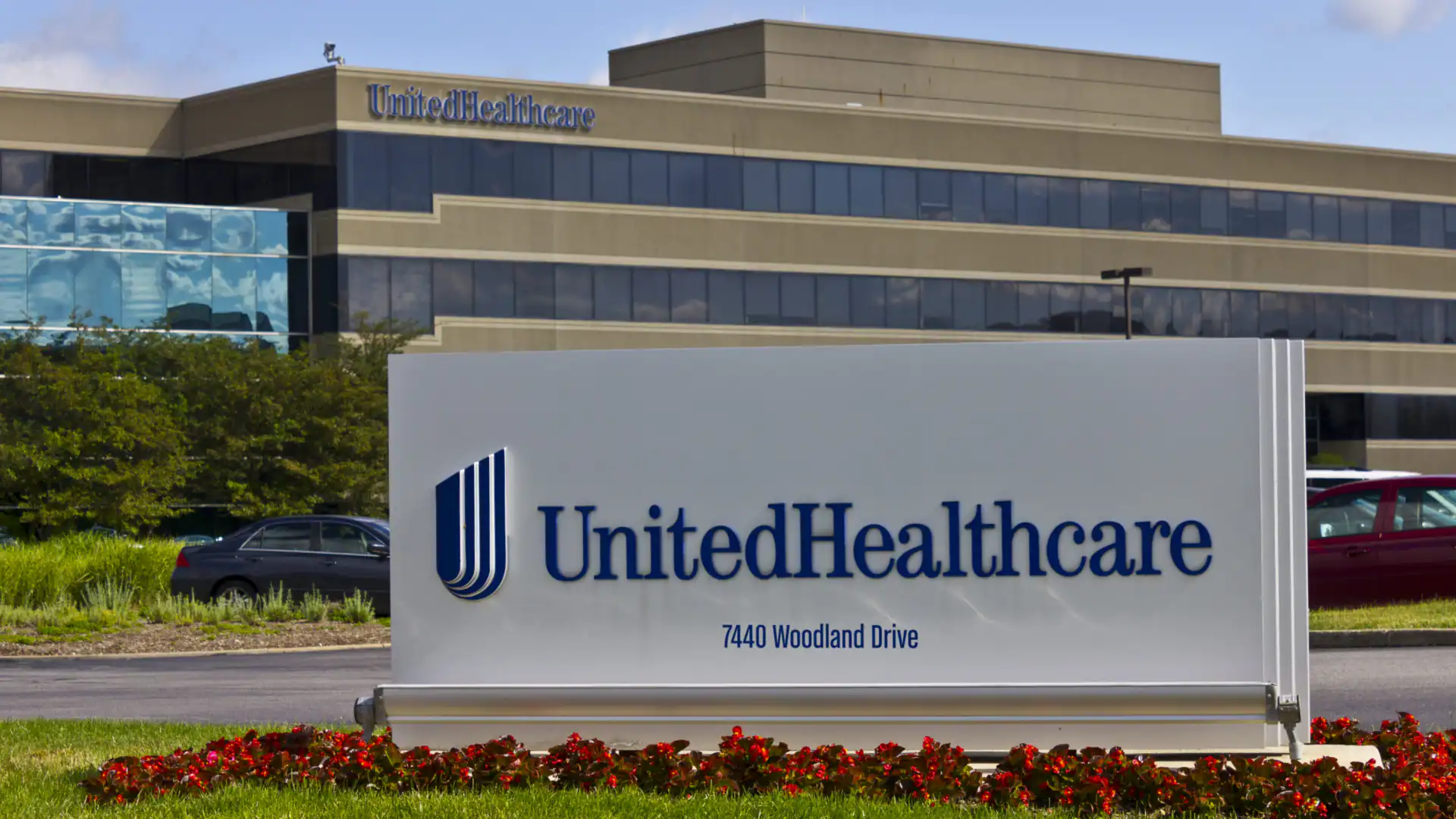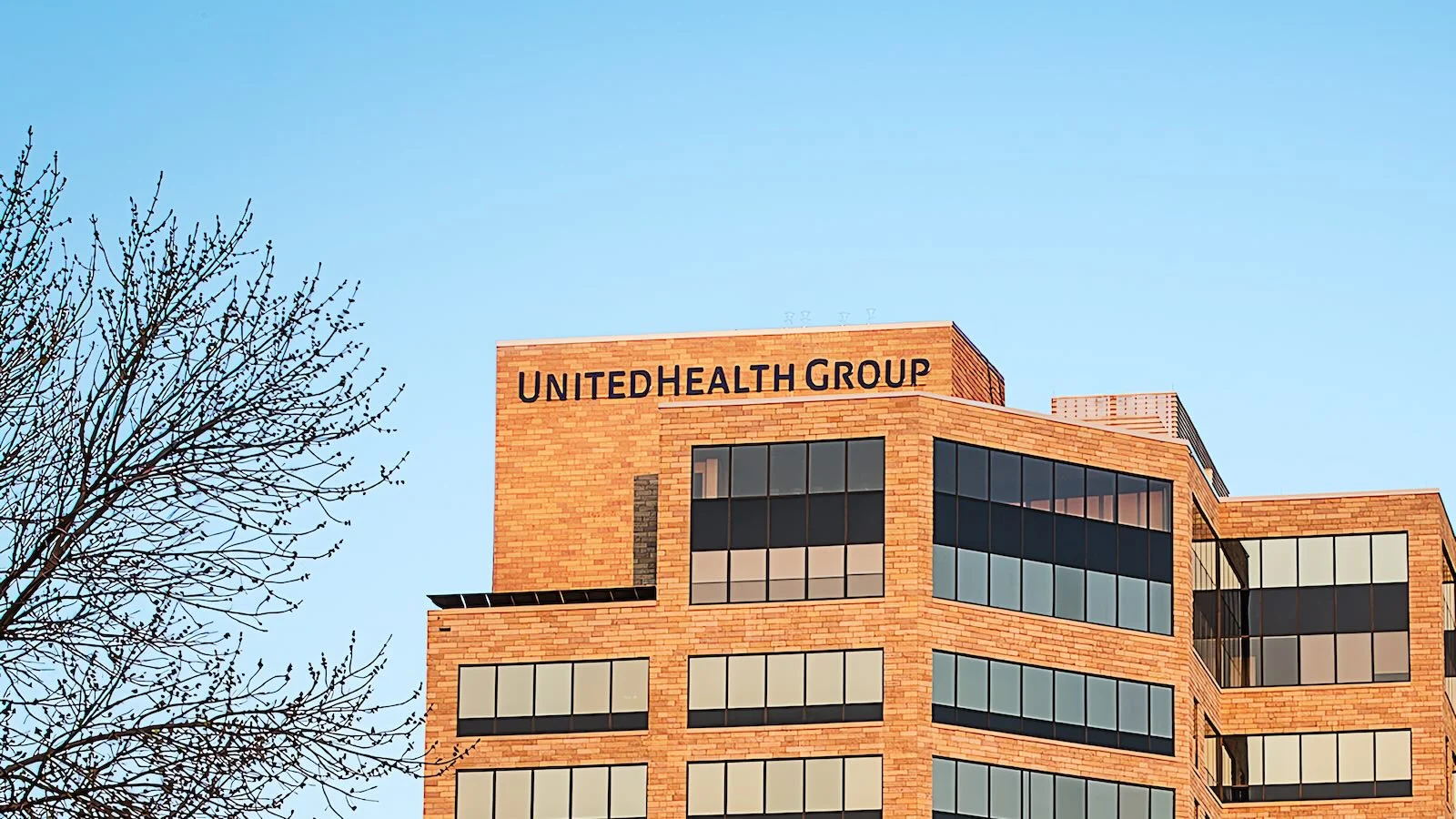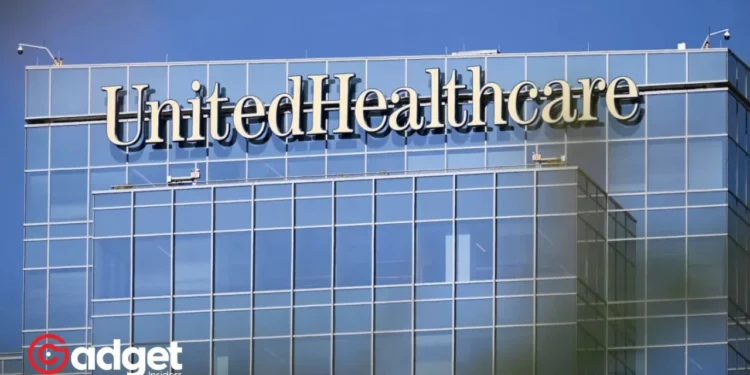The recent cyberattack on UnitedHealth Group’s Change Healthcare, confirmed to be the work of the ALPHV/BlackCat ransomware group, has cascaded into a nationwide healthcare emergency, revealing the vulnerabilities in our digital infrastructures and their real-world implications. This incident not only underscores the sophistication of cyber threats but also highlights the critical intersection of technology and healthcare—a domain where data security becomes synonymous with patient care.

UnitedHealth: A Shockwave Through the Healthcare System
The cyberattack, which commenced on February 21st, has led to a significant operational halt, affecting hundreds, possibly thousands, of healthcare providers across the United States. The immediate consequence was a payment freeze, plunging numerous small practices into financial distress, unable to cover office expenses or pay staff salaries.
Even large hospital chains, though better equipped to absorb these shocks, are feeling the strain as they front costs amidst halted billing operations. The American Hospital Association, representing a vast network of healthcare entities, has voiced concerns over the attack’s duration, with fears of the outage extending for weeks.
In a remarkable move to mitigate financial hardships, UnitedHealth’s COO, Dirk McMahon, announced a loan program for affected providers, a temporary lifeline as the sector grapples with this unprecedented disruption.
The Ripple Effects on Patient Care
Beyond the immediate financial turmoil lies a more distressing reality—the impact on patient care. Reports of prescription delays have emerged nationwide, with the American Pharmacists Association urging patients to consult with pharmacists for alternatives.
In an industry still reeling from the pandemic’s aftereffects, such disruptions could have spelled disaster. However, UnitedHealth’s swift implementation of effective workarounds has somewhat mitigated the crisis, ensuring continued access to essential medications.
Yet, the full extent of the cyberattack’s impact remains uncertain. Jon Miller, CEO of Halcyon, emphasized the broader implications on patient care, noting a disturbing correlation between ransomware attacks and negative patient outcomes, including increased mortality rates.
his incident vividly illustrates the dire consequences when healthcare’s digital backbone is compromised.

UnitedHealth Cyberattack: A Wake-Up Call for Cybersecurity in Healthcare
As Change Healthcare and UnitedHealth work tirelessly with security firms Mandiant and Palo Alto Networks to restore services, the incident serves as a stark reminder of the healthcare sector’s vulnerabilities.
With Change Healthcare being a pivotal player, servicing 25% of the US population, the breach’s magnitude is a clear signal that cybersecurity is not just an IT issue but a patient safety concern.
Holding the nation's health hostage@TYT
"Thousands of pharmacies and health systems throughout the country are scrambling to find different ways to fill prescriptions and bill for medication after a recent cyberattack hit a division of UnitedHealthcare"https://t.co/4FASGAiK4a— aka Larry #VoteBlue (@ItheMissingLink) February 29, 2024
The response from UnitedHealth, acknowledging the severity of the ALPHV/BlackCat attack, reflects a commitment to resolving the crisis.
However, it also underscores the need for a robust cybersecurity framework within the healthcare industry, one that can anticipate, withstand, and quickly recover from such attacks to safeguard patient care and data integrity.
UnitedHealth: The Road to Recovery and Resilience
As the healthcare sector navigates the aftermath of this cyberattack, the journey ahead is twofold—restoring operations and rebuilding trust. The industry must leverage this incident as a catalyst for strengthening cybersecurity measures, adopting advanced technologies, and fostering a culture of continuous vigilance and improvement.

The resilience of healthcare providers, their adaptability in the face of adversity, and the solidarity within the community offer hope. Yet, the road to recovery is also a path toward transformation, urging a reevaluation of our digital ecosystems to ensure they are as resilient as the people they serve.
In this digital age, the sanctity of patient care depends not only on the hands of healthcare professionals but also on the integrity of the bytes and bits that support them.









